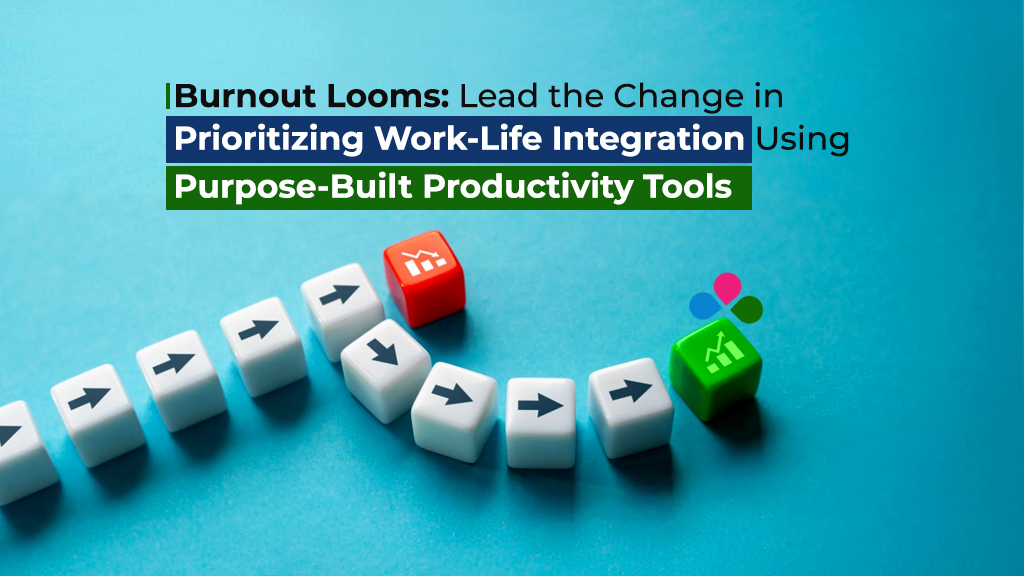Apart from the fear of the ‘actual’ contagion, we are all adversely affected by a hoard of misinformation circulated across social media, uncertainty, and a terminal fear of the assumed apocalypse! Our coping mechanism has indeed been affected, and the popular mindset has switched from that of living to basic survival.
In an article, Michael Gervais states that stress enables us to prepare ourselves to meet the “demands and challenges of our environment – up to a point.” He talks about how the uncertainty around us can influence our neuro-chemical and neuro-electrical reactions paving the way for sharper attention, increased motivation, and a boosted immune system.
However, the adaptive immune system that keeps us safe from viral infections often take a hard hit when the stress system stays activated for a prolonged period. And therefore, managing our stress now is more important than ever!
Business leaders and managers are under severe and extraordinary pressure – adjusting to the new ways of working, concern about organizational stability, and managing a team with unique issues at the individual level. And then comes in the other critical factors – daily details of work, logistics, and new demands from the clients.
As an ethical and responsible team lead, you must focus on the points made in this article for bringing about a positive change in the system.
Identifying the Reasons for the Stress
There are multiple reasons for being stressed in the current scenario – it may be the fear of the zoonotic virus, increased or decreased workload, business revenue, family issues, and the list goes on. So, how do you understand whether a person is stressed? Look for the signs when talking to them. You will understand from their body language or facial expressions. And, now with teams going remote, you will be required to opt for video conferencing more to get those tiny cues during the conversation.
Once you are sure that the person is stressed, it is advised to motivate them to flush the problem out by talking to you. We need to realize this that our team members are spending a lot of time indoors and that makes it easy for them to dwell on the issues disturbing them, and then build enormous complex structures in their minds.
You need to break this chain!
Consulting with Teammates and Adjusting the Priorities
As soon as you identify the stress triggers, it is then time to extend your support to the affected teammates. If any of your teammates complain about decreased workload and focus getting diffused, you will be required to structure their day’s work time by using their skills elsewhere in the business, wherever these workers can add some value.
On the other hand, if someone complains about the overburdening of work, it will be your prime responsibility to be able to put aside a portion of those tasks and help them focus on the immediate and urgent workload. Or you may simply split the work among your other teammates.
This will not only ensure trust and cooperation from your teams but will also help you see a great boost in the productivity of your team.
Identifying the ‘Good’ Stress
Just as it is important for you to identify the reasons of stress and find ways and means to overcome them, it is also very important for you to understand the ‘good’ stress – something that helps in the human function curve.
When there is limited work pressure, eventually the performance of the team goes down. This is what experts call the ‘hypo-stress’ that is characterized by boredom and restlessness. And when both these elements increase, the human mind reaches a peak that is known as ‘eustress’ which is characterized by excitement and satisfaction. And, as soon as the curve begins to dip in favor of work pressure, and the productivity is low, the human mind is then is a state of ‘hyper stress’ which is characterized by the feeling of overworked and overloaded. And if the dip increases, our mind finally reach the state of ‘distress’.
Armed with this knowledge, you may now be able to formulate a better stress-management action plan for yourself and the workforce. As well as finding your state of ‘eustress’, you need to ensure every member on your team find theirs by identifying the sweet spot of pressure and performance.
Good luck! Happy working!







